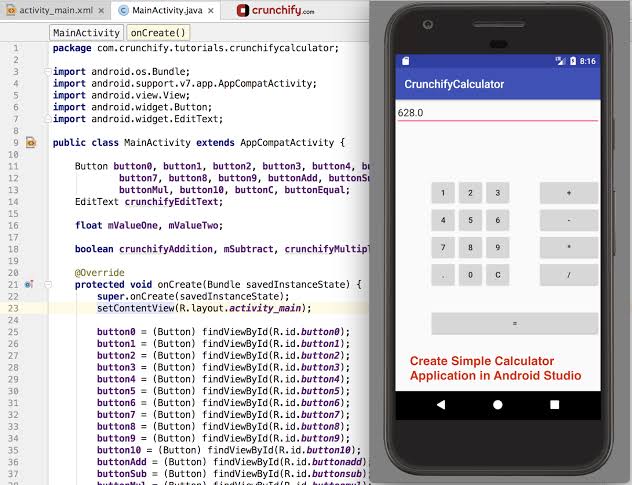
This book is licensed under the Creative Commons Attribution-ShareAlike 4.0 International license.Ĭopyright © 2023 CommonsWare - All Rights Reserved. If you elected to have Android Studio create a round icon for you, ensure that your element has an android:roundIcon attribute that points to the round icon resource (e.g., Table of Contents Next This is for the Android 7.1-specific scenario of having a dedicated round icon resource. You can also have an android:roundIcon attribute. If you did not change the names of the icon, then your manifest should already have the appropriate attribute values. The most important legacy option is the “Legacy Icon (API element to associate your icon with your app. On older devices, the app icon is whatever you choose it to be, where the Options tab helps you decide what that is: On Android 8.0+ devices, the foreground layer, background layer, and device-chosen shape (e.g., squircle) combine to create your app icon. Hence, outside of flat colors, typical backgrounds will be gradients or simple patterns, such as the default grid. The background needs to be designed to be cropped into a variety of shapes, such as those shown in the preview (circle, various rounded forms of squares, etc.). an image of your choosing (akin to the foreground, where you click the folder button inside the Path field to pick the background image).If you would like to use something else, click the “Background Layer” tab:
In the preview area, by default, you will see a green grid behind your foreground layer. So long as your foreground layer is in the safe zone, you should not have to worry about anything accidentally cutting off part of the layer when it renders your app icon. That shows up in the previews as a dark gray circle. That latter choice is particularly important, as you need to keep your foreground layer content within the “safe zone”.

This brings up the Asset Studio, to help you to assemble icons.īy default, the Asset Studio has its “Icon Type” drop-down set for “Launcher Icons (Adaptive and Legacy)”, which is how you set up an app icon nowadays: This is also available from File > New > Image Asset. If you right-click over pretty much any directory in the Android Studio tree, the context menu will have an “Image Asset” option. Creating an App Icon with the Asset Studio


 0 kommentar(er)
0 kommentar(er)
